Number 56 Chapel Road had previously been Worthing Corporation Electricity Board Showrooms. On the front of the building (above the first-floor central window) is a blue emblem with three fishes, part of Worthing Corporation’s coat of arms. It was placed there when the premises (part of Stirling Chambers) were built in c1937.
A photograph and text about the history of Worthing.
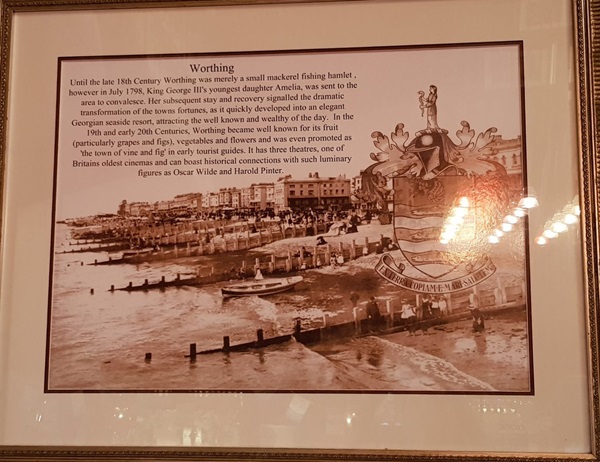
The text reads: Until the late 18th century, Worthing was merely a small mackerel fishing hamlet, however in July 1798, King George III’s youngest daughter Amelia, was sent to the area to convalesce. Her subsequent stay and recovery signalled the dramatic transformation of the town’s fortunes, as it quickly developed into an elegant Georgian seaside resort, attracting the well-known and wealthy of the day. In the 19th and early 20th centuries, Worthing became well-known for its fruit (particularly grapes and figs), vegetables and flowers and was even promoted as ‘the town of vine and fig’ in early tourist guides. It has three theatres, one of Britain’s oldest cinemas and can boast historical connections with such luminary figures as Oscar Wilde and Harold Pinter.
A photograph of a Punch and Judy show on the beach in front of the Pier Pavilion, in 1953.
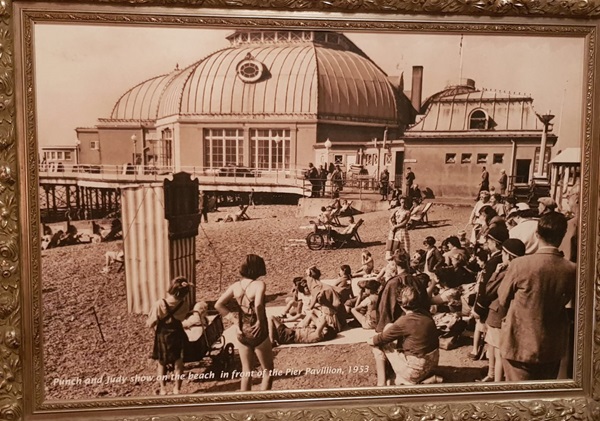
A photograph and text about Oscar Wilde in Worthing.
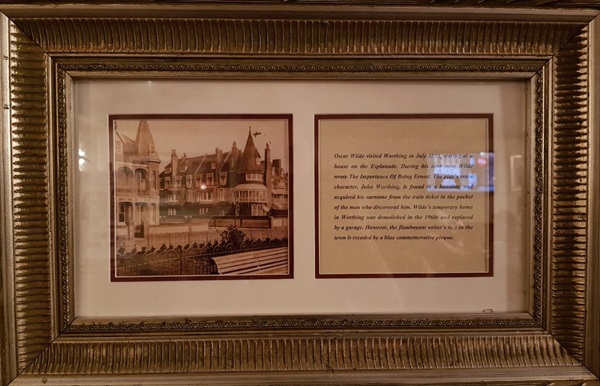
The text reads: Oscar Wilde visited Worthing in July 1894, staying at a house on the esplanade. During his time here, Wilde wrote The Importance of Being Ernest. The play’s main character, John Worthing, is found in a handbag and acquired his surnamed from the train ticket in the pocket of the man who discovered him. Wilde’s temporary home in Worthing was demolished in the 1960s and replaced by a garage. However, the flamboyant writer’s stay in the town is recorded by a blue commemorative plaque.
A photograph of Oscar Wilde.
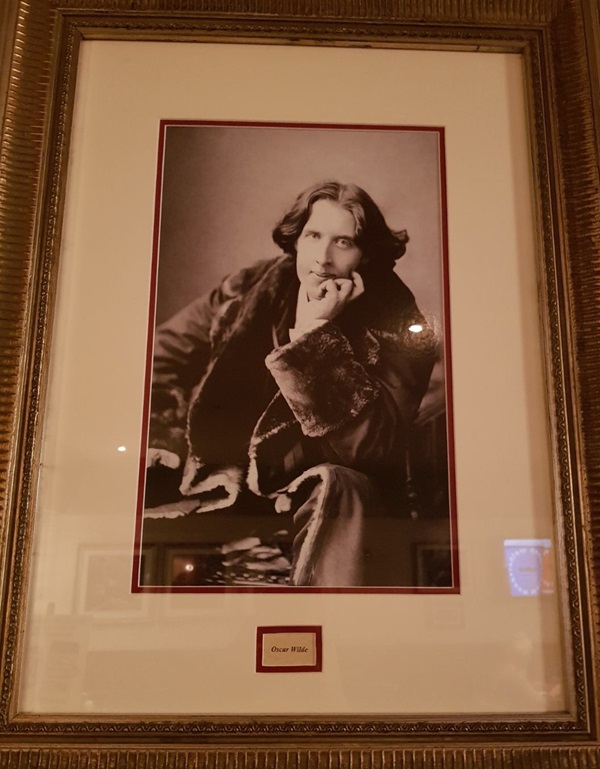
An illustration of Stanford Cottage.
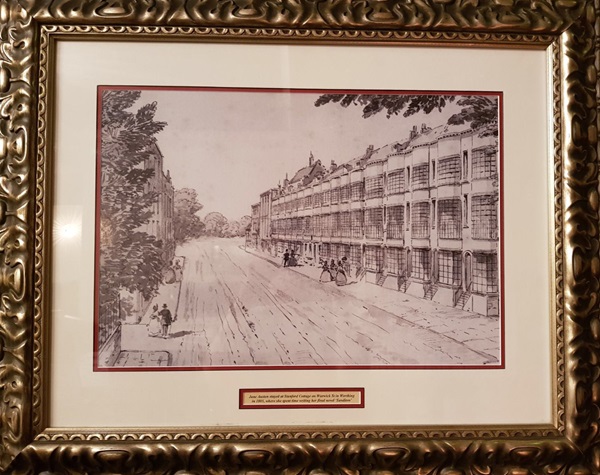
Jane Austen stayed at Stanford Cottage on Warwick Street in Worthing in 1805, where she spent time writing her final novel Sanditon.
A photograph of men at work in a greenhouse of vines ripe with grapes.
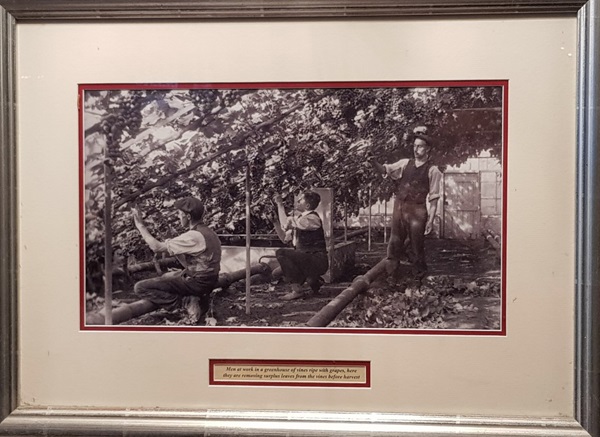
Here, they are removing surplus leaves from the vines before harvest.
A photograph of Newman’s fruit and vegetable shop.
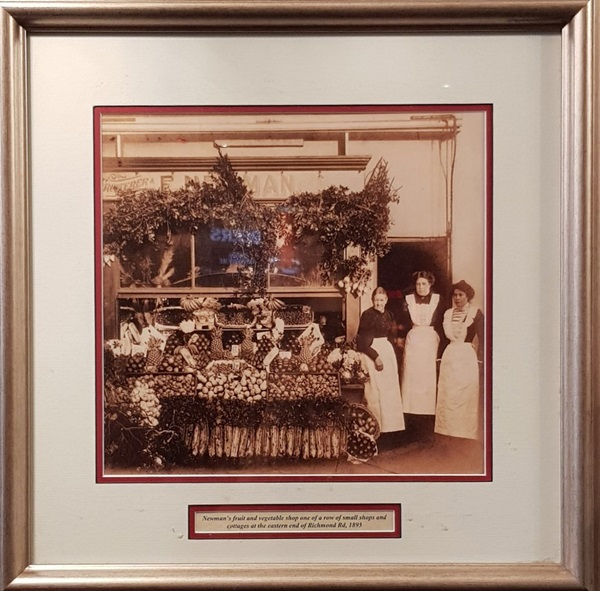
This shop was one of a row of small shops and cottages at the eastern end of Richmond Road, in 1895.
A photograph of the old town hall on Warwick Street.
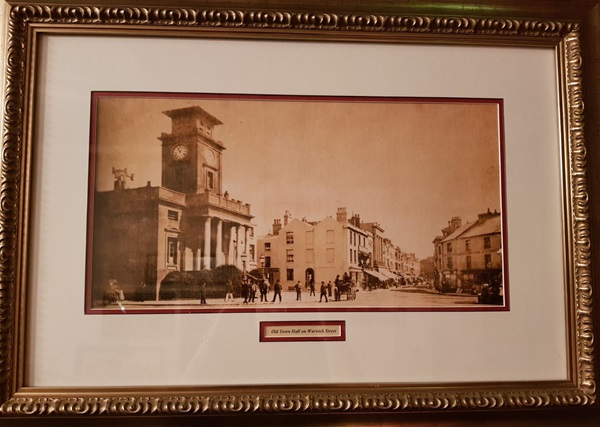
External photograph of the building – main entrance.

If you have information on the history of this pub, then we’d like you to share it with us. Please e-mail all information to: pubhistories@jdwetherspoon.co.uk